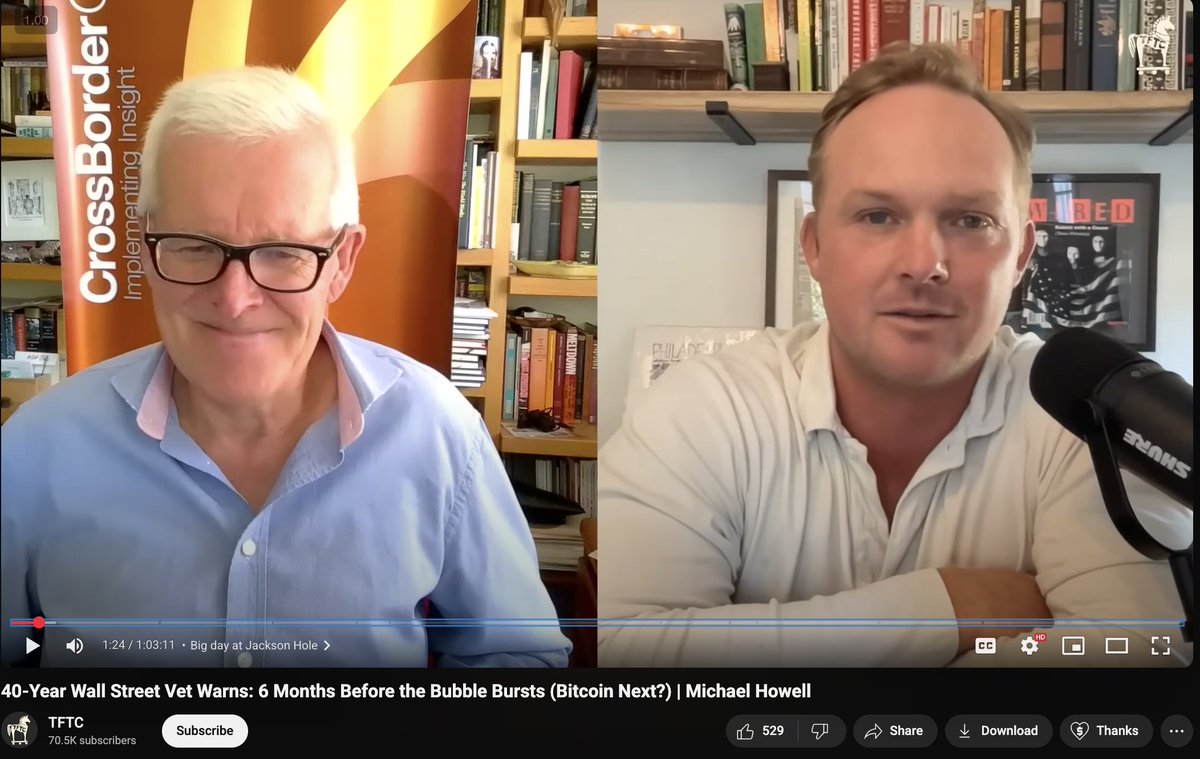
Contributor @BitcoinForCorps. Ex-TradFi (14 yrs in Investor Relations, Structured Finance, Wealth Management). Jesus is King ✝️
How to get URL link on X (Twitter) App



 1/ Macro Backdrop Has Flipped
1/ Macro Backdrop Has Flipped

 1/ Fiscal Dominance Never Left
1/ Fiscal Dominance Never Left

 1/ Who is Ray Dalio?
1/ Who is Ray Dalio?

 1/ From Fringe to Mainstream
1/ From Fringe to Mainstream

 1/ Stablecoins: Going Mainstream
1/ Stablecoins: Going Mainstream

 1/ Who is Balaji?
1/ Who is Balaji?

 1/ The Purpose of Money
1/ The Purpose of Money

 1/ Who is Adam Back?
1/ Who is Adam Back?

 1/ Who is Michael Howell?
1/ Who is Michael Howell?

 1/ The Natural State of Markets
1/ The Natural State of Markets

 2/ Why Are Bitcoin Treasuries So Misunderstood?!
2/ Why Are Bitcoin Treasuries So Misunderstood?!

 1/ “Is mNAV a Good Metric?”
1/ “Is mNAV a Good Metric?”
 1/ Meet the Co-CEOs
1/ Meet the Co-CEOs

 1/ 210,000 Bitcoin
1/ 210,000 Bitcoin 

 2/ The Perfect Interviewer
2/ The Perfect Interviewer

 1/ mNAV: The Key to the Bitcoin Flywheel
1/ mNAV: The Key to the Bitcoin Flywheel

 1/ Japan: 35 Years of Stagnation
1/ Japan: 35 Years of Stagnation

 1/ Fiat Has Failed
1/ Fiat Has Failed

 1/ Question Everything
1/ Question Everything

 1/ The Death of Margins
1/ The Death of Margins

 1/ The Objective
1/ The Objective